Clutch Replacement Time Calculator
Estimate Your Clutch Replacement Time
Get a realistic estimate based on your vehicle type and skill level
How It Works
This calculator estimates labor time based on vehicle type, engine configuration, and skill level. Actual time may vary due to:
- Transmission type
- Condition of components
- Access to tools
- Specialized equipment needed
Estimated Time
Select your vehicle and skill level to see estimate
Replacing a clutch isn’t like changing your oil. It’s one of those jobs that sounds simple until you’re under the car with a transmission hanging in mid-air and no room to breathe. If you’re asking how many hours it takes to replace a clutch, the answer isn’t a single number-it depends on your car, your skill, and whether you’re doing it in a garage or your driveway.
Typical Clutch Replacement Time: 4 to 8 Hours
For most everyday cars-think Toyota Corolla, Honda Civic, Ford Focus, or Volkswagen Golf-expect 4 to 8 hours of labor. That’s the range most professional shops quote. But here’s the catch: that’s not just the clutch. You’re pulling the transmission, replacing the release bearing, checking the flywheel, and often installing a new clutch kit that includes the pressure plate and disc. It’s not a plug-and-play swap.
Some mechanics will tell you it’s a 5-hour job. Others will say 7. Why the difference? It comes down to accessibility. Cars with transverse engines (most front-wheel drives) are easier to work on than rear-wheel drives with longitudinal engines. A Subaru WRX or a Mazda MX-5 Miata might take 6 hours. A Jeep Wrangler or a Ford F-150? You’re looking at 7 to 9 hours, sometimes more if the transfer case or drivetrain components need to be moved.
Why Does It Take So Long?
People assume replacing a clutch is just swapping a part. It’s not. You’re disconnecting the engine from the transmission. That means:
- Draining the transmission fluid
- Removing the battery, starter, and shift linkage
- Supporting the engine with a jack and brace
- Unbolting the transmission from the engine
- Lowering the transmission (sometimes with a helper or lift)
- Removing the old clutch assembly
- Inspecting the flywheel for cracks or heat damage
- Replacing the pilot bearing or bushing
- Installing the new clutch kit
- Realigning the transmission
- Reconnecting every cable, sensor, and hose
- Refilling fluid and bleeding the hydraulic system
- Testing for slippage, noise, or engagement issues
Each step has to be done carefully. If the transmission input shaft doesn’t line up perfectly with the clutch disc, you’ll spend 20 minutes trying to get it in. If the clutch release bearing is seized, you might need to replace the entire hydraulic cylinder. And if the flywheel is worn, you can’t just slap on a new clutch-you’ll need to resurface or replace it. That adds another hour or two.
DIY vs. Professional: Time and Risk
If you’re thinking of doing it yourself, you need to set aside a full weekend. Even experienced home mechanics rarely finish in under 8 hours. First-timers often take 12 to 16 hours. That’s not because they’re slow-it’s because every bolt is in a weird spot, the jack slips, or the alignment tool doesn’t fit right.
Here’s what most DIYers underestimate:
- Access: Some cars have the clutch slave cylinder tucked behind the engine mount. You’ll need to remove the mount to reach it.
- Special tools: A clutch alignment tool costs $15, but you can’t do the job without it. A transmission jack? Most people don’t own one.
- Contamination: Oil on the clutch disc from a leaking rear main seal? That’s a new clutch in 500 miles.
- Pressure plate torque: Over-tightening or under-tightening the bolts can warp the plate. Always use a torque wrench.
Professional shops have the lifts, the tools, and the experience to do it in half the time. But they also charge for it. Labor rates in Auckland range from $90 to $150 per hour. So even if your job takes 6 hours, you’re looking at $540 to $900 just for labor.
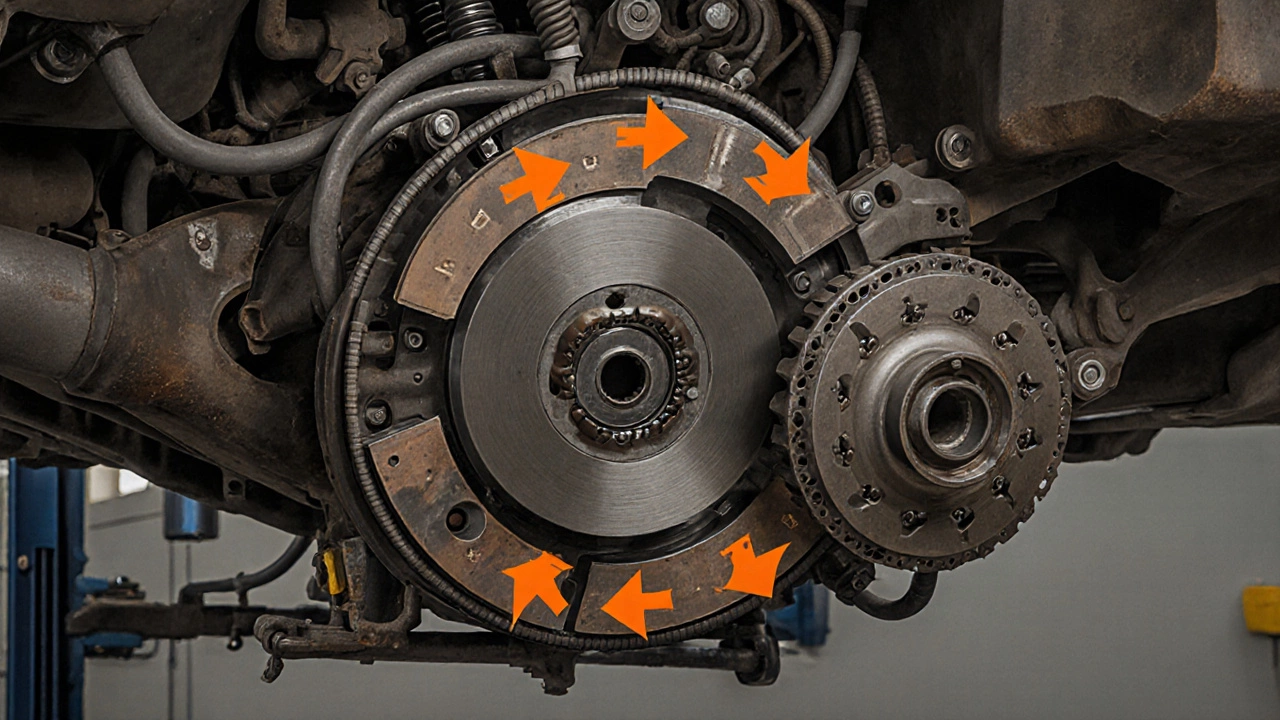
What’s in a Clutch Kit? Don’t Skip These Parts
A basic clutch kit includes the clutch disc, pressure plate, and release bearing. But if you’re replacing the clutch, you’re probably due for a few other things too:
- Flywheel: If it’s cracked, glazed, or worn more than 0.5mm, replace it. Resurfacing isn’t always enough.
- Pilot bearing: This small bearing in the center of the crankshaft often fails when the clutch goes. If it’s noisy or gritty, swap it.
- Slave cylinder: Hydraulic clutches use this to push the release fork. If it’s leaking or sluggish, replace it now.
- Throw-out bearing: Often sold with the clutch kit, but check the condition. A bad one sounds like a whining noise when you press the pedal.
- Transmission input shaft seal: If it’s leaking, you’ll get oil on the clutch. Replace it while you’re in there.
Skipping these can save you $100 now-but cost you $800 later when the new clutch fails prematurely.
Car-Specific Examples
Here’s what you can expect with some common models (based on shop labor guides and mechanic reports from New Zealand):
| Vehicle | Engine Type | Typical Labor Time | Notes |
|---|---|---|---|
| Toyota Corolla (2015-2020) | 1.8L 4-cylinder | 5-6 hours | Easy access, common job |
| Honda Civic (2016-2021) | 2.0L 4-cylinder | 5-7 hours | Clutch slave cylinder is hard to reach |
| Subaru WRX (2015-2020) | 2.0L or 2.5L turbo | 7-8 hours | Complex drivetrain, needs alignment tools |
| Ford Focus (2012-2018) | 2.0L TDCi | 6-7 hours | Heavy transmission, requires support bracket |
| Jeep Wrangler (2010-2020) | 3.6L V6 | 8-10 hours | Transfer case must be disconnected, high clearance needed |
| Mazda MX-5 Miata (2016-2020) | 2.0L 4-cylinder | 5-6 hours | Lightweight, simple layout, but tight space |
These times assume no surprises. If the bolts are rusted, the transmission mount is broken, or the clutch cable is seized, add 2-4 hours.
Signs You Need a New Clutch
Don’t wait until the clutch stops working. Here’s what to watch for:
- Slipping: Engine revs up but car doesn’t accelerate-especially when going uphill or under load.
- Grinding: Noise when shifting gears, even when the clutch is fully pressed.
- Soft pedal: The clutch pedal feels spongy or goes all the way to the floor.
- Difficulty shifting: Gears feel stiff or pop out on their own.
- Burning smell: A distinct odor like overheated brakes or burnt toast.
If you notice any of these, get it checked. A failing clutch can leave you stranded, and the longer you wait, the more damage you risk to the flywheel or transmission.
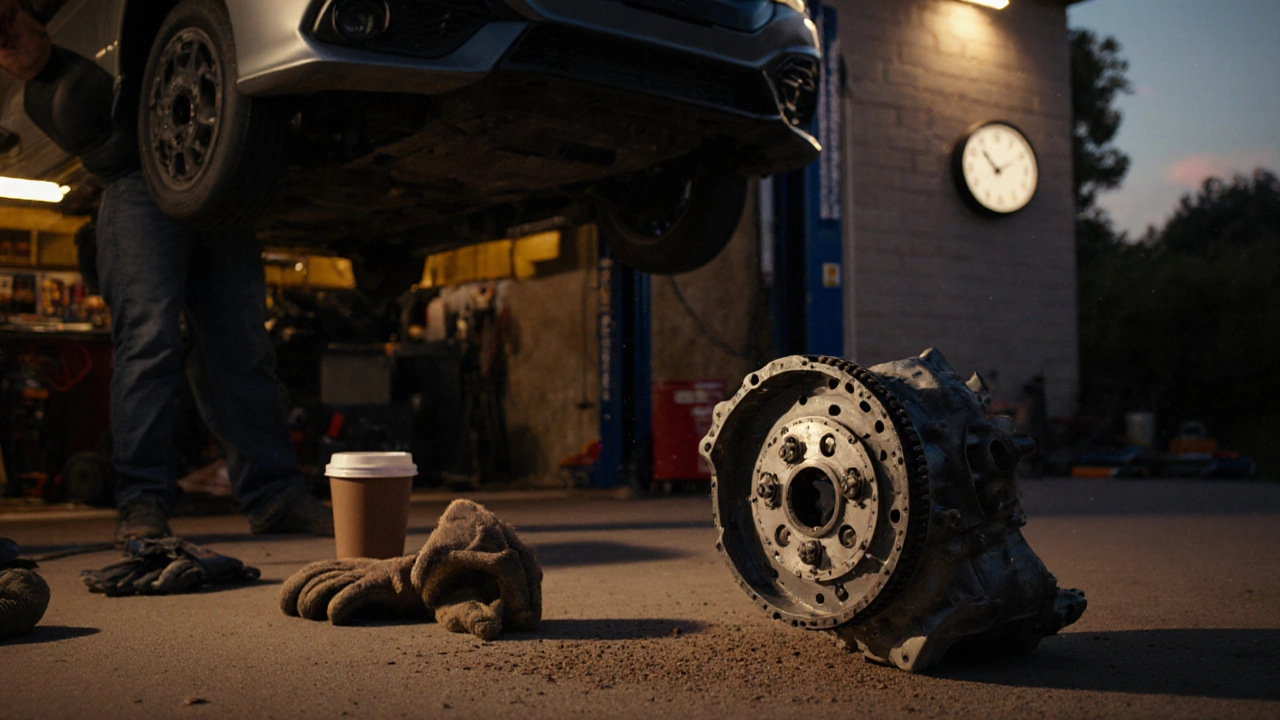
Can You Drive With a Bad Clutch?
You can, but you shouldn’t. Driving with a slipping clutch puts extra stress on the transmission and engine. You’ll burn through fuel faster. You’ll overheat the clutch disc. And if the friction material breaks off, it can clog the hydraulic lines or damage the transmission input shaft.
Some people try to limp home by shifting without the clutch-double-clutching or rev-matching. That works for short distances in a manual car with a good transmission. But it’s not a fix. It’s a countdown.
How to Save Money on Clutch Replacement
Here’s what actually works:
- Buy your own clutch kit: Shop online. Brands like LUK, Sachs, and Valeo offer quality kits for 30-40% less than what shops charge.
- Replace the flywheel only if needed: If it’s in good shape, resurfacing is cheaper than replacement. Get it checked with a micrometer.
- Do it yourself: If you have time and a jack, it’s doable. But don’t cut corners on tools or torque specs.
- Combine services: If your car needs new brake pads or a timing belt, do them together. You’re already pulling the transmission.
A full clutch replacement with parts and labor in New Zealand usually costs between $1,200 and $2,500. If you buy the kit yourself and pay only for labor, you can knock off $400-$700.
What Happens If You Delay?
Waiting too long doesn’t just mean more labor. It means more damage. A worn clutch can cause:
- Cracked or warped flywheel
- Worn transmission input shaft
- Damaged synchronizers
- Leaking transmission seals
One mechanic in Christchurch told me about a customer who waited 6 months after the clutch started slipping. By the time they brought it in, the transmission needed a full rebuild. That cost $4,200 instead of $1,800 for the clutch job.
Don’t gamble with your transmission. If your clutch is fading, schedule the replacement before it fails completely.
How long does a clutch last?
Most clutches last between 60,000 and 100,000 kilometers, depending on driving style. City driving with lots of stop-and-go wears them out faster. Highway driving and smooth shifting can extend life to 150,000 km or more. Heavy towing or aggressive launches will cut that in half.
Can you replace a clutch without removing the transmission?
No. The clutch is sandwiched between the engine and transmission. You must separate the two to access it. Some very rare vehicles have an access panel, but those are exceptions-not the rule. For 99% of cars, the transmission has to come out.
Do I need to replace the flywheel every time?
Not always, but you should inspect it. If the surface is glazed, cracked, or worn more than 0.5mm, replace it. A worn flywheel will cause the new clutch to slip or chatter. Resurfacing is an option if the flywheel is thick enough, but many modern flywheels are lightweight and can’t be resurfaced safely.
How do I know if my clutch kit is good quality?
Stick with brands like LUK, Sachs, Valeo, or Exedy. Avoid no-name kits from eBay or Amazon that don’t list the manufacturer. A good clutch kit will have a stamped part number, clear packaging, and a warranty. If it’s half the price of a known brand, it’s likely made with lower-grade friction material.
Is it worth replacing the clutch on an old car?
If the car is in good condition otherwise-no major rust, solid suspension, good engine-and you plan to keep it for a few more years, yes. A clutch replacement can add 50,000-100,000 km of life. If the car has other major issues (transmission failure, engine problems), it might be better to consider a replacement vehicle.
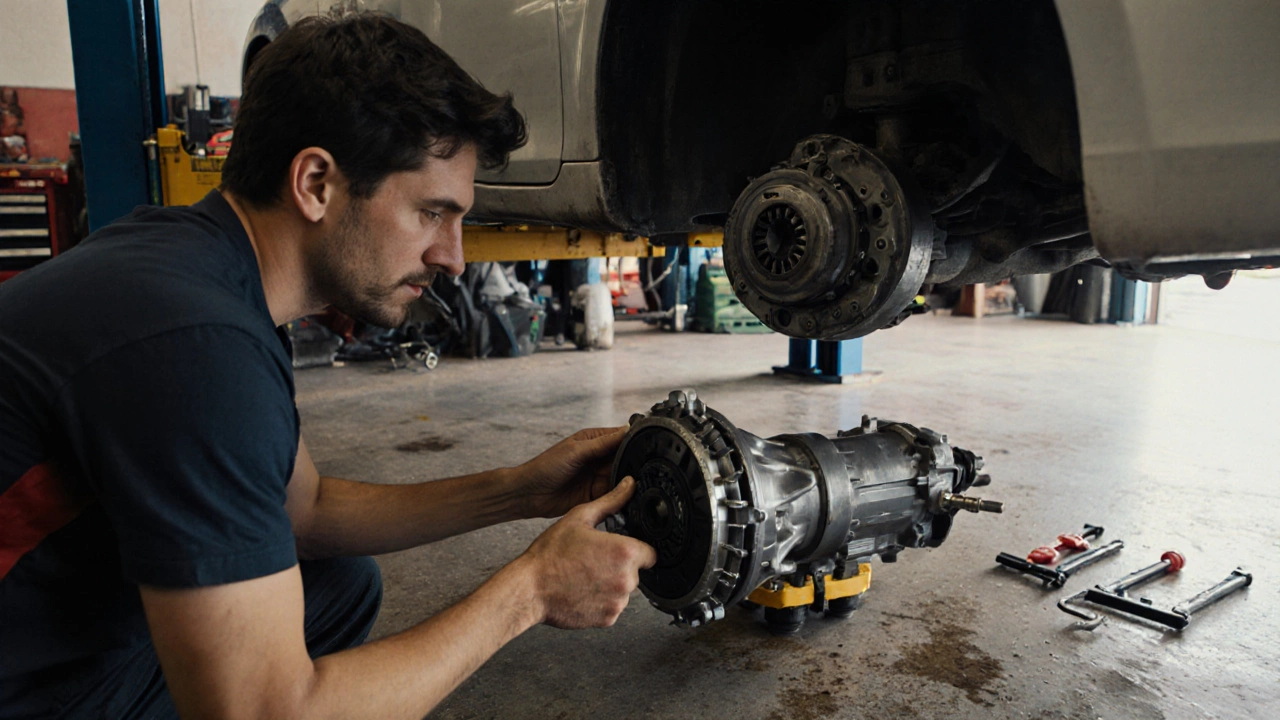
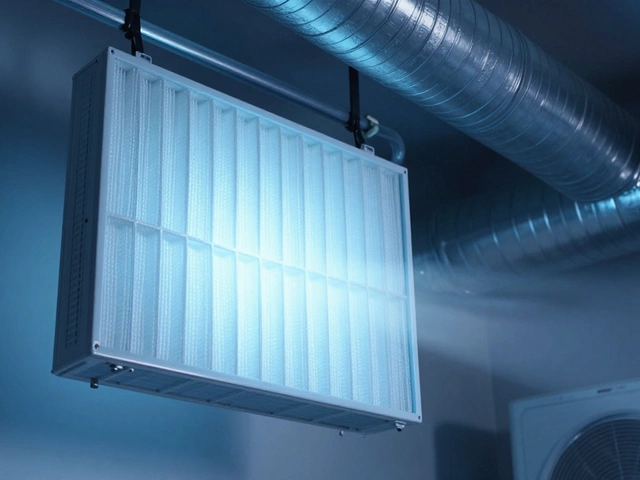
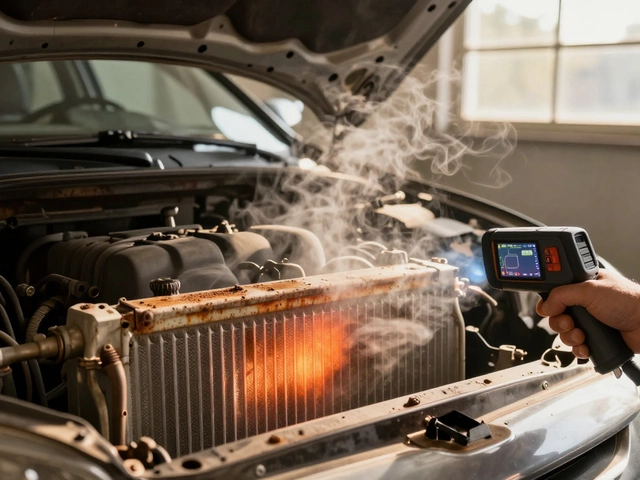
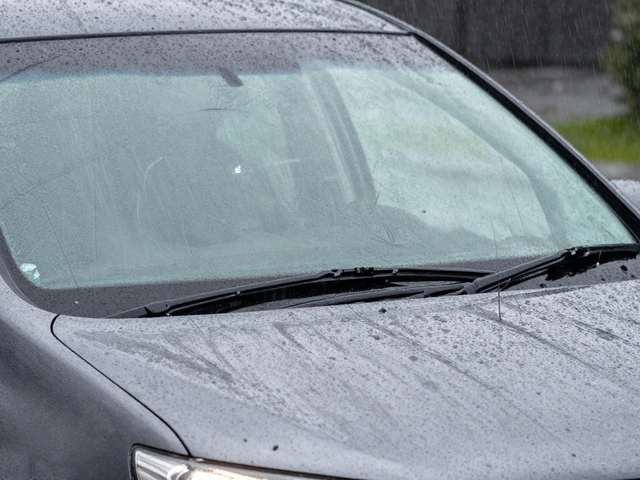

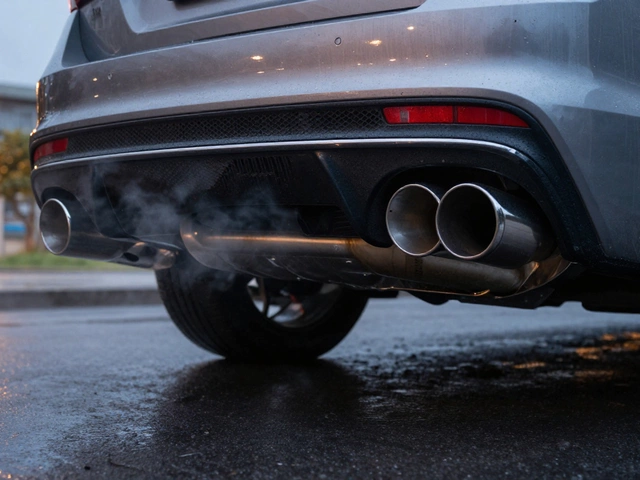



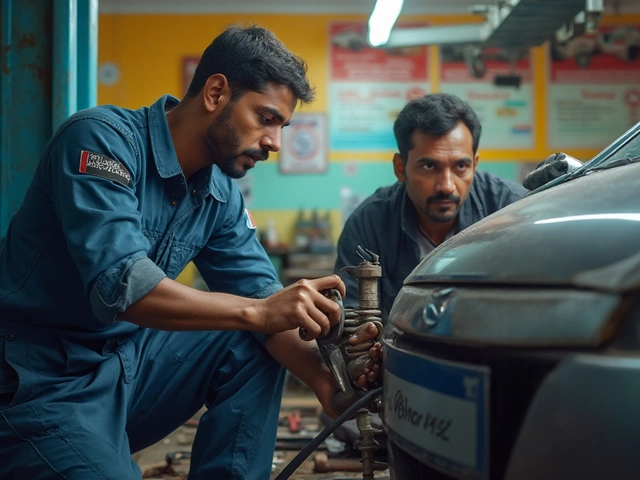
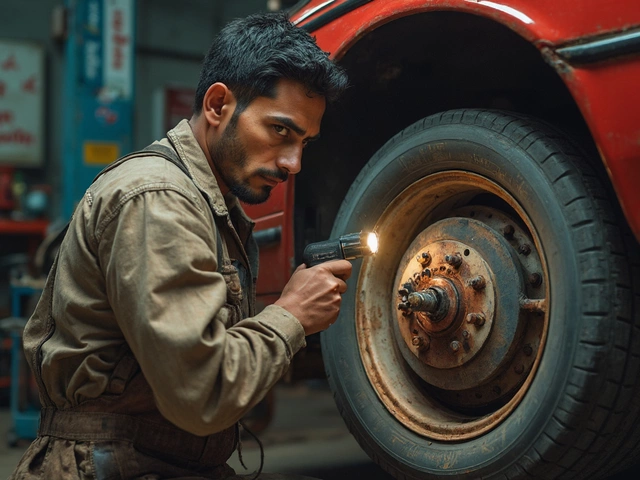
Write a comment